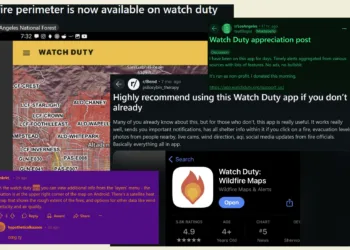In an ambitious attempt to combat California’s housing shortage, Jan Sramek has launched the California Forever project with backing from a clutch of Silicon Valley billionaires.
This endeavor, based in Solano County, aims to construct a vibrant community offering middle-class residences, employment opportunities, and improved regional infrastructure.
This innovative project’s blueprint places the proposed city equidistant between San Francisco/Oakland and Sacramento. It envisions safe neighborhoods with an increase in density, poised to inspire similar urban transformations nationwide.
However, the city’s establishment would breach Solano County’s pre-existing, voter-approved ordinates which favor agricultural land use and restrict fresh developments to existing cities. To modify these restrictions, the California Forever project needs voters’ approval, which it seeks in the forthcoming November 2024 ballot. Public concerns regarding local infrastructure, environmental impact, and regional agricultural prospects have also formed part of the criticism and challenges facing the project.
Despite reservations, the project is moving forward. Developers have lodged the East Solano Homes, Jobs, and Clean Energy Initiative with the Solano County Registrar of Voters to qualify for the November ballot. To achieve this, they will need to gather a substantial 13,500 valid signatures.
Underlining its potential positive impact, the venture promises the creation of at least 15,000 jobs that would pay 125% more than the average weekly wage in Solano County. Additionally, it proposes to extend down payment assistance worth USD 400 million to community members buying into the proposed establishment.
Only time will reveal the effectiveness of the California Forever project in transforming the housing and employment scenario while staying sensitive to environmental concerns. Given this, it could be a game-changer, redefining urban planning policies across the states. Progress on the project and its ultimate execution will undoubtedly be closely watched by residents, policymakers and urban planners alike.





